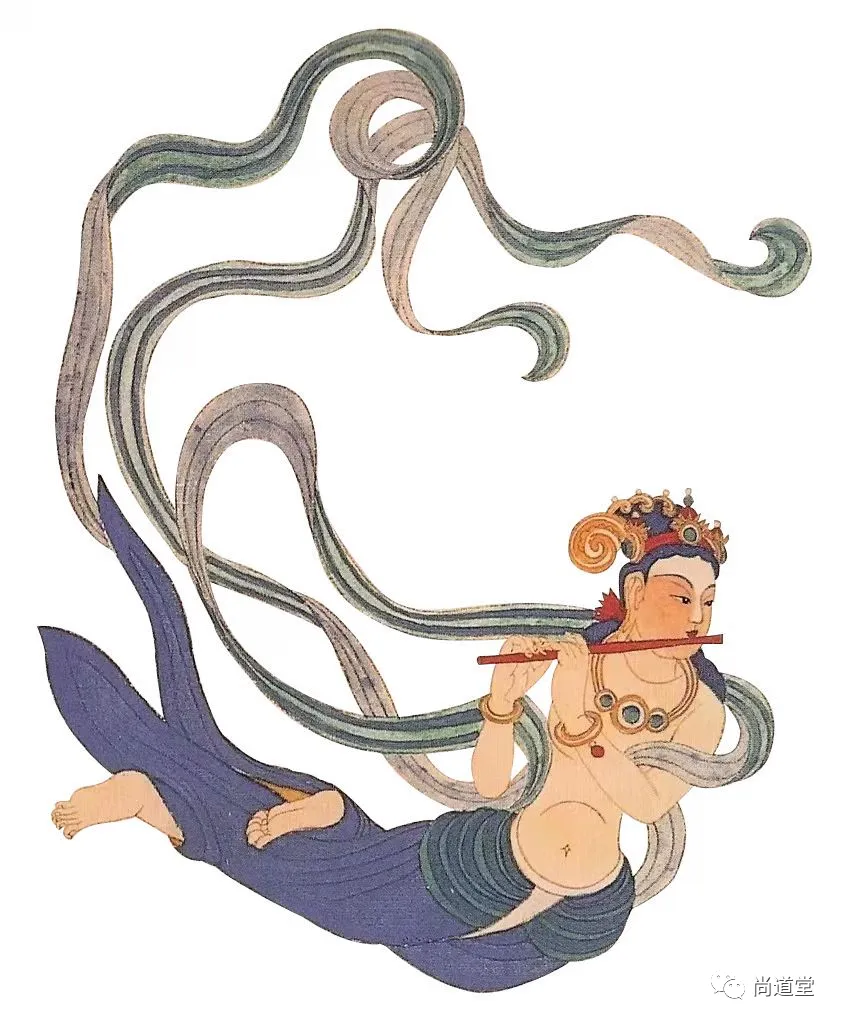



Taiji Luo Wanxiang
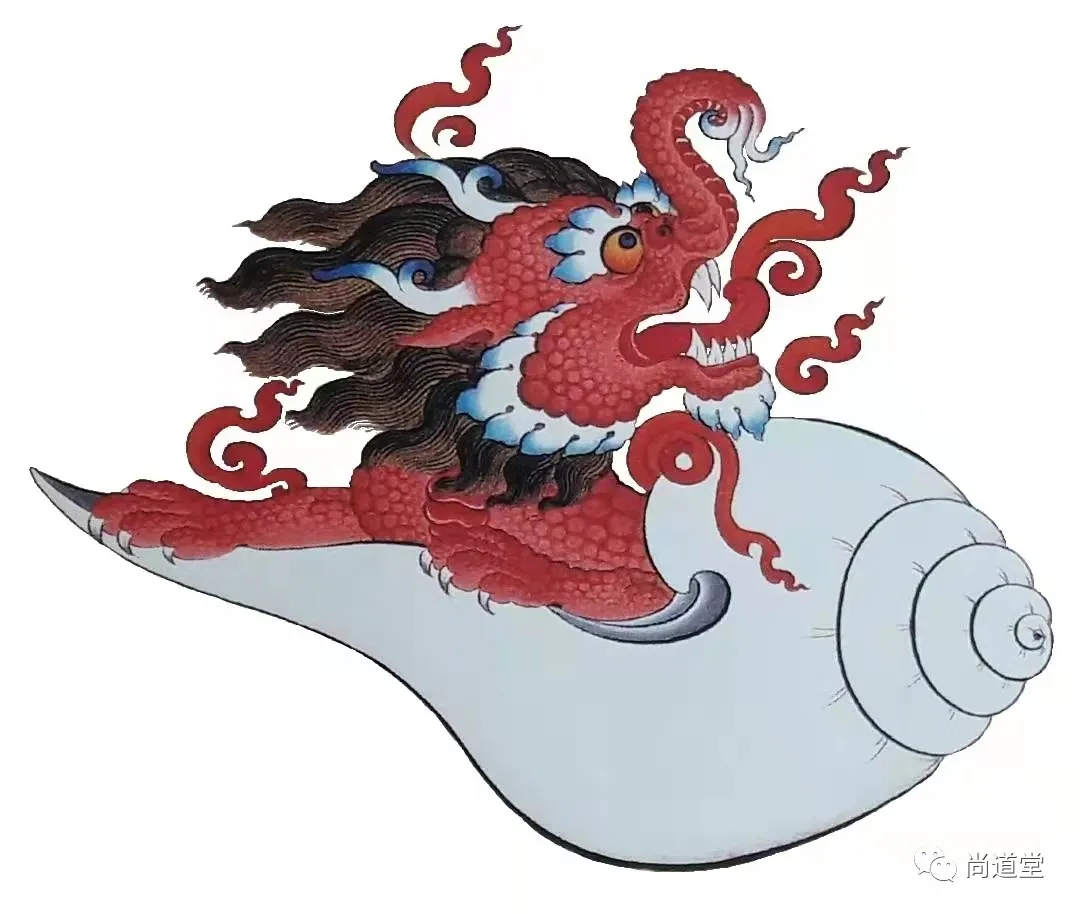
In exploring the ancient civilization of China, we discover a long-standing practice known as Qigong. Its history can be traced back to ancient times, and while its true origins remain unclear, it has been referenced in ancient texts.
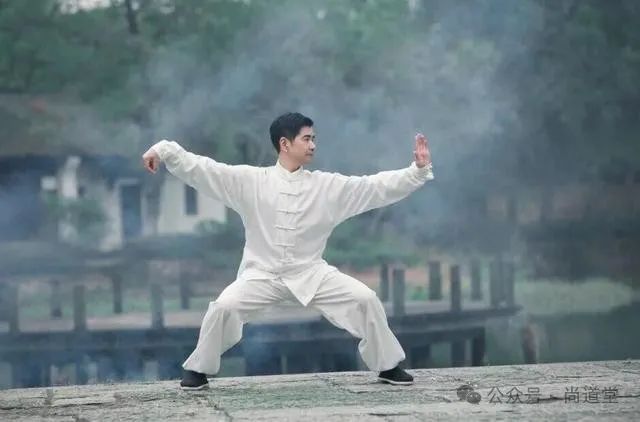
In the mid-1970s, a burial site from primitive society discovered in the Qinghai region revealed a painted figure on a colored jar that caught the attention of experts. This figure, with closed eyes and slightly parted lips, a protruding abdomen, and hands at its sides, appears to be in a guiding posture. Experts believe this may represent a statue depicting the state of Qigong practice. Notably, although the figure has male features, its chest and genital characteristics are feminine, possibly reflecting the ‘male body, female appearance’ state achieved at advanced levels of Qigong practice.
The theoretical foundation of Qigong lies in viewing the spirit (jing, qi, shen) and the physical body as two independent yet interrelated entities. The core of its practice focuses on refining essence into qi and qi into shen, aiming to achieve a state of harmony with nature. In this process, the human body acts like a furnace, with jing, qi, and shen as the innate ‘Three Treasures’. The practice of Qigong is akin to igniting the flame within the furnace, allowing the ‘Three Treasures’ to continuously elevate through interaction with the natural world.

Records indicate that when Qigong practice reaches a certain level, and the jing, qi, and shen condense into an internal elixir (neidan), practitioners may even achieve extraordinary states such as ‘external body duplication’ and ‘soul detachment’. This undoubtedly represents an ultimate pursuit of spiritual power, showcasing Qigong’s unique exploration on the path of spiritual evolution.
It is noteworthy that the concepts of meridians (jingluo) are present in Chinese Daoist culture, Qigong theory, and Traditional Chinese Medicine (TCM). Although modern science has yet to fully unveil the essence and significance of meridians, we can infer from TCM theory that the existence of meridians is closely related to the concept of ‘qi’ in Chinese culture. In Qigong practice, the utilization of meridians is prevalent, guiding ‘qi’ to flow through them, thereby continuously strengthening and elevating it. Thus, the existence of meridians is more associated with spiritual activities than merely physical ones.
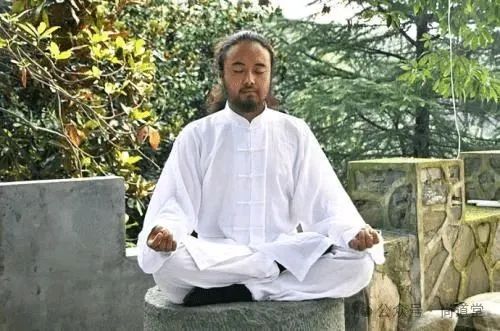
So, how much of Daoist theory on Qigong is scientific and worth our reference? This involves evaluating Daoist teachings. Although Daoism has not spread widely in China, its scientific components cannot be overlooked. Daoism has derived many profound insights regarding dietary habits and physical health from its unique understanding of life. For instance, Daoism introduced the concept of green food, advocating the consumption of unprocessed natural foods, which aligns with modern scientific understanding of nutrition.
If we acknowledge that the foundation of Daoist theories is scientific rather than absurd theology, we should adopt a fresh perspective on all Daoist viewpoints. Particularly, Daoist views on life, as well as the purposes and methods of spiritual cultivation, provide valuable insights into unraveling the mystery of the relationship between spirit and body.
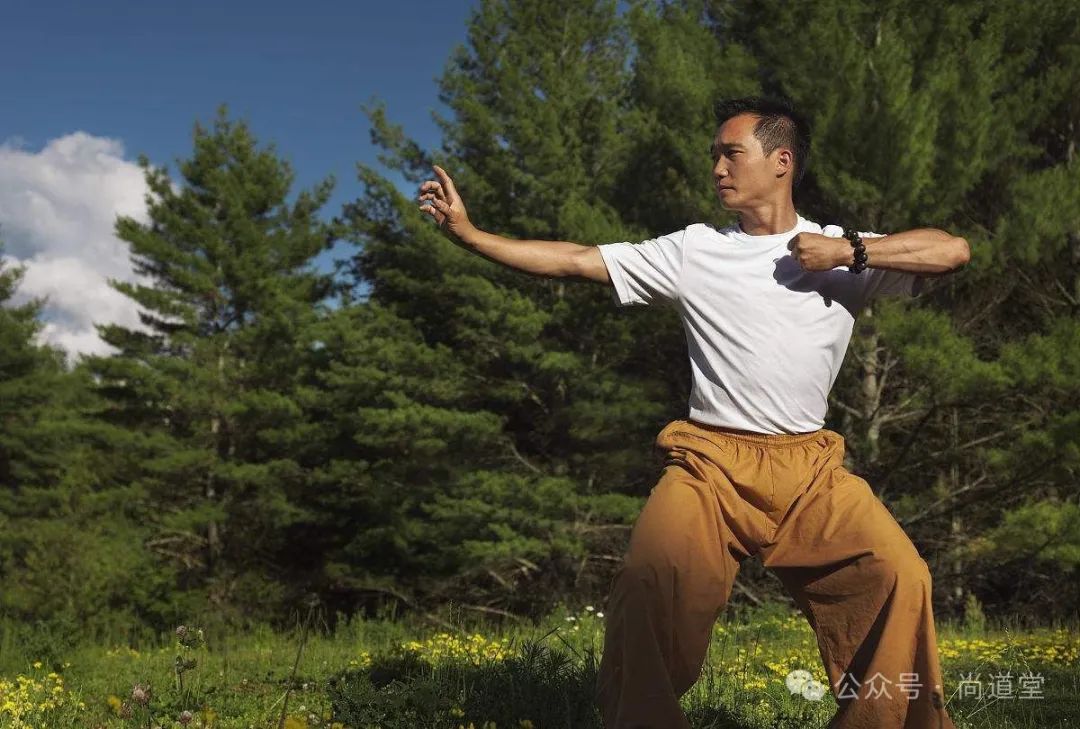
All religions share a common focus on the spirit rather than the body. The purpose of religion is to utilize the body to evolve and elevate the spirit. This may seem contrary to the goals of material civilization and humanity’s primary survival needs, but it essentially reflects humanity’s desire for spiritual pursuit after fulfilling basic life requirements. As Guanzi stated: ‘When the granaries are full, one knows etiquette; when food and clothing are sufficient, one knows honor and disgrace.’ This balance and interaction between material and spiritual aspects is a universal principle in the development of human history.
Share with joy, and the merit is boundless
The past you and the present you are not important,
What matters is what kind of person you will become in the future.
——[Elegant Phrase]
Let wisdom and compassion never cease!

